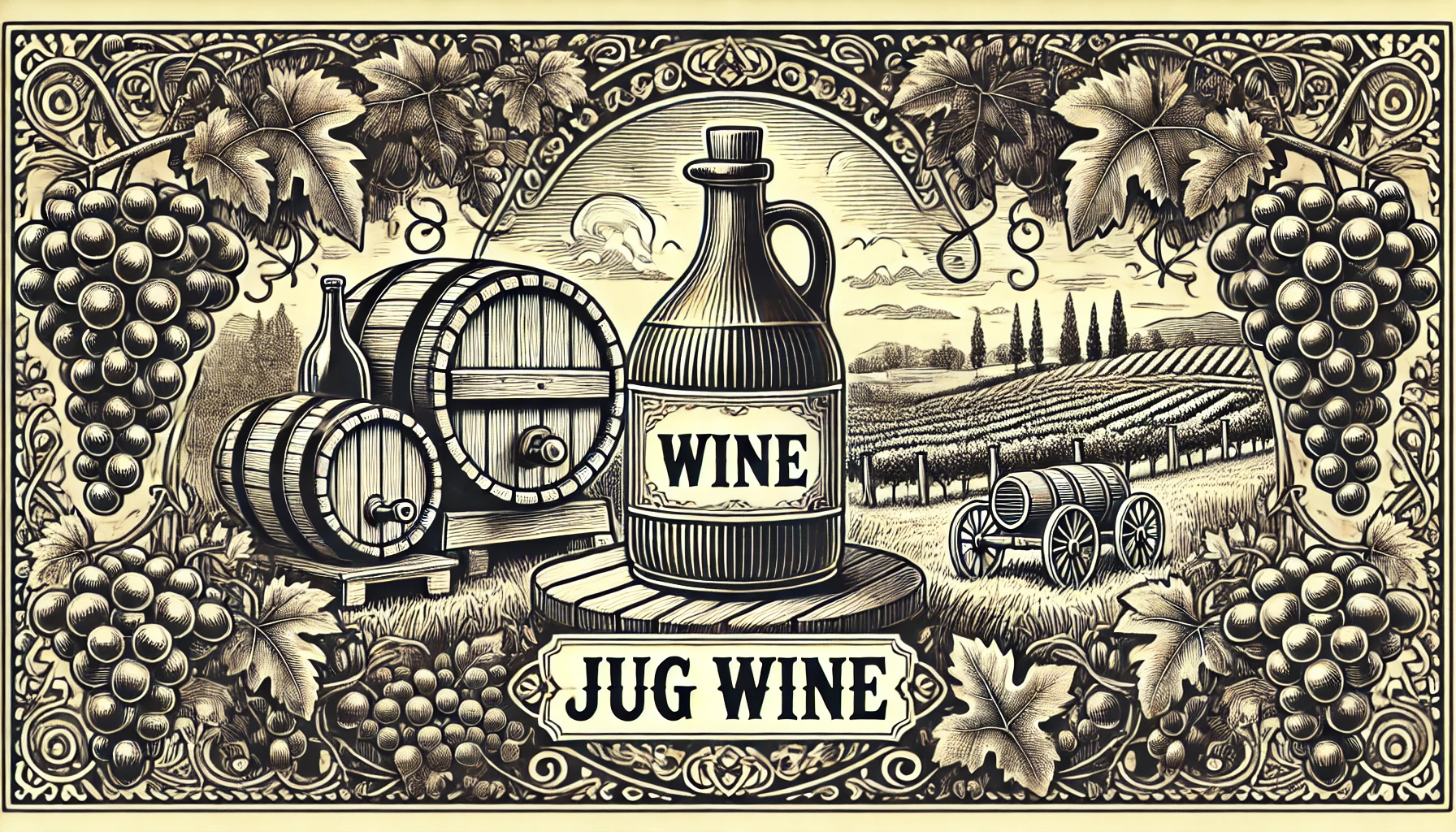
“Jug wine” describes large-format, inexpensive wines primarily sold in gallon-sized jugs or bottles. In the United States, jug wines often come from regions focused on high-yield grape varieties like California’s Central Valley. Unlike premium wines crafted for specific flavor profiles, jug wines aim for affordability and broad appeal.
These wines are commonly blends, mixing various grapes to create a consistent, straightforward taste. Varieties like Zinfandel, Merlot, and generic reds and whites feature in these blends. Some winemakers label them as “table wine,” indicating they’re suitable for everyday drinking. The flavor profile leans toward soft fruitiness, often with a bit of sweetness to make the wine more accessible. Jug wines are often lower in alcohol than fine wines, creating an easy-drinking experience.
Many households purchase jug wine for its versatility. It’s a go-to for large gatherings, casual meals, or cooking. In some regions, jug wine has even become a nostalgic favorite, representing family gatherings and relaxed meals. Brands like Carlo Rossi and Gallo have made jug wine a staple in American wine culture, using it as an entry point for new wine drinkers.
While jug wines lack the refinement of premium labels, they serve a purpose. They make wine accessible and approachable for anyone looking to enjoy a casual glass without breaking the bank. For beginners, jug wines offer a way to explore wine without the intimidation of complex labels or high prices. Jug wine continues to stand as a friendly, reliable option for everyday wine lovers.
Curious about more wine terms and insights? Visit our Wine Wiki section and explore the basic wine terms for expert definitions and tips!